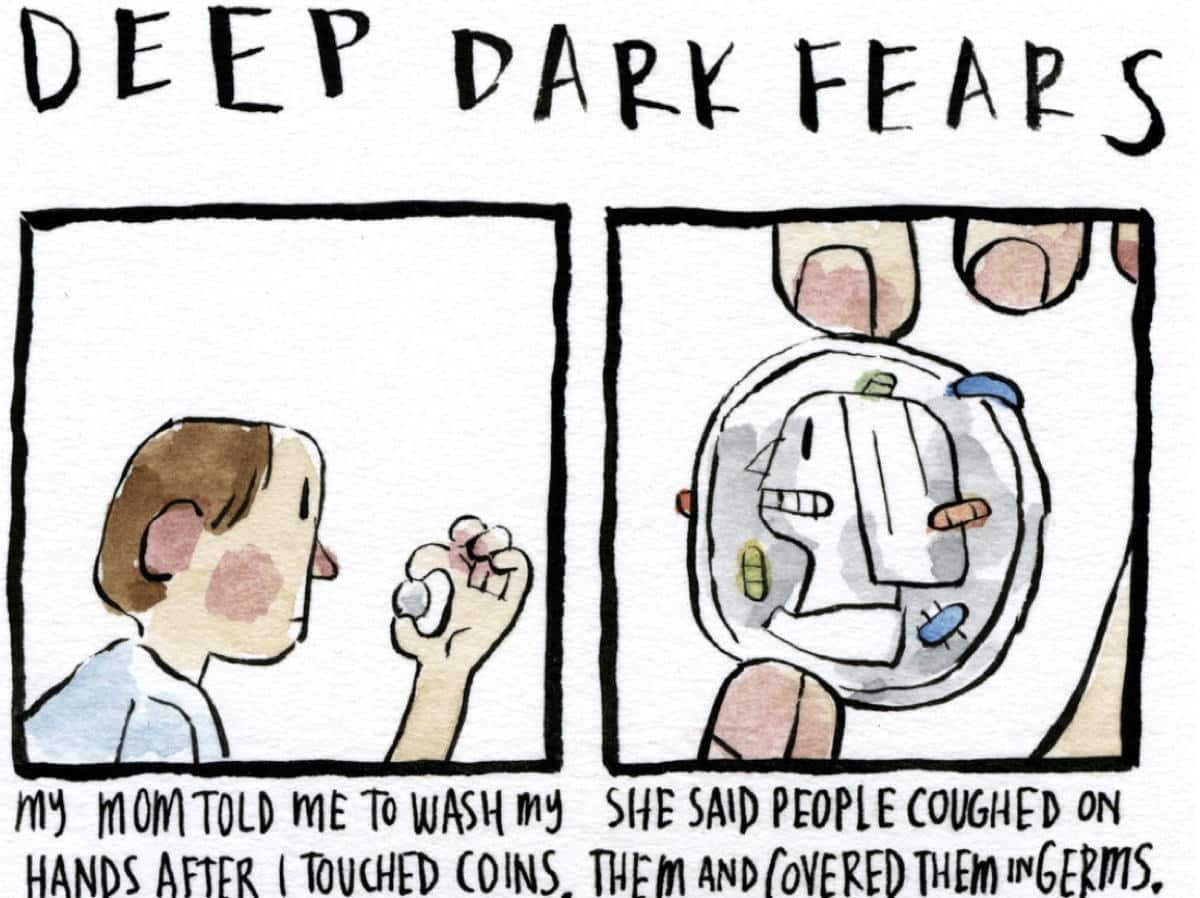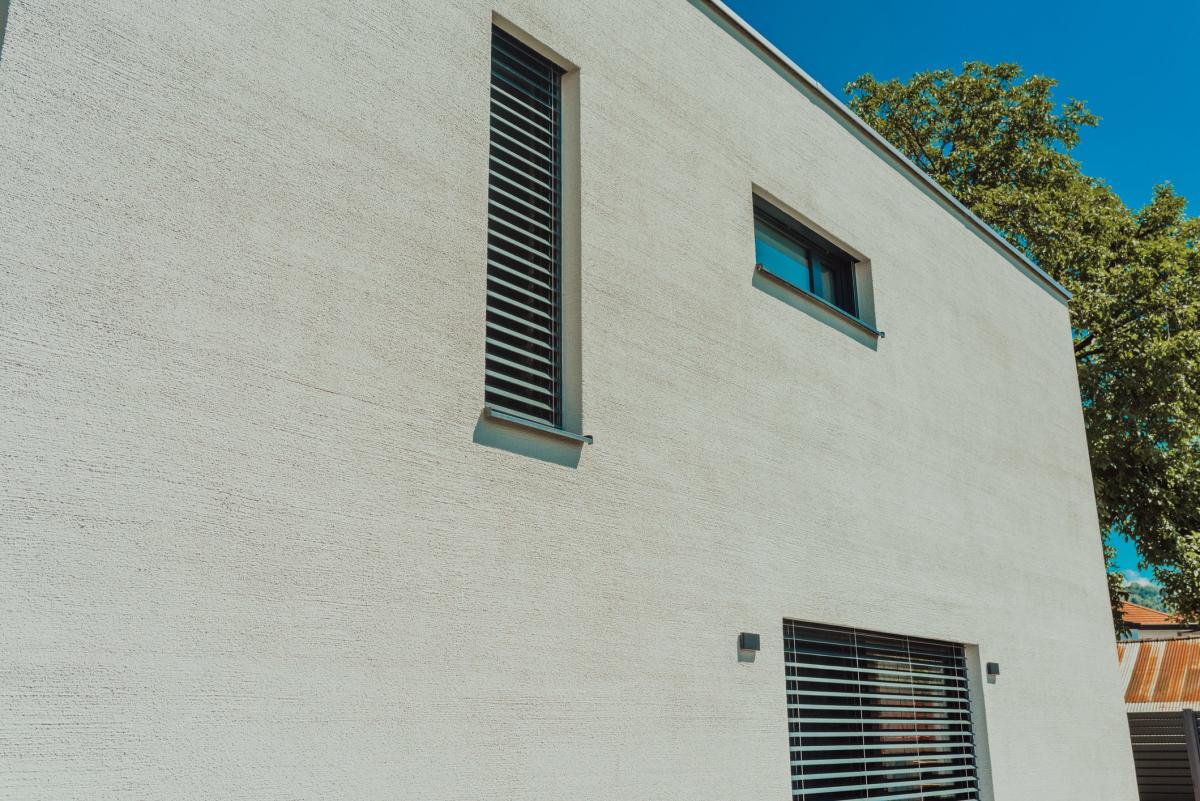Phoenix is known for its extreme heat. Summer temperatures soar well above 100 degrees and stay there for months.
Residents try all kinds of ways to keep their homes cool — some swear by leaving their garage door open a crack. Many people paint their houses white in hopes that light-colored paint will reflect the sun’s heat rather than absorb it.
But does painting your house white keep it cooler?
By reflecting more sunlight, white paint decreases the amount of heat your home absorbs, reducing the need for air conditioning and helping reduce your carbon footprint (and electricity bill).
Here’s what to know about why white homes can be cooler than those painted darker colors.
Does white paint repel heat?
White paint doesn’t exactly repel heat, but it does reflect a significant amount of sunlight. By reflecting sunlight instead of absorbing it, white paint helps to keep surfaces cooler. This can reduce the amount of heat transferred into the building, potentially decrease the need for air conditioning.
One week in the Phoenix heat: Living and dying in America’s hottest big city
Does a white house use less air conditioning?
A white house might use less air conditioning compared with a darker-colored house. It depends on what temperature you like your AC on.
“I think that there would be a lot of other factors that come into play,” said Arizona State climatologist Erinanne Saffell.
“So if you have all things being the same, if you have a house that’s painted white and everything’s the same as a house right next to it that’s painted a darker color, you’ll see that that darker house is going to absorb more sunlight, so it’ll probably be warmer.
“But we all know that our houses are all different, and different things happen.”
Will my house be cooler if I paint it white?
Yes, painting your house white can help keep it cooler. The reflective quality of white paint can reduce the amount of heat your house absorbs, leading to somewhat cooler indoor temperatures. And reflective surfaces create glare.
“It will, because it’s going to block that sunlight,” Saffell said.
“But I’m sure we’ve all driven down the road and seen some of those big buildings that are lighter in color, and if we are driving at just the right time of day and the sun comes in and hits that glare, we get blinded. So that’s just something to pay attention to, for sure,”
How much hotter is a dark house?
The temperature difference between a dark house and a white house can vary based on the intensity of sunlight, the specific colors used and climate conditions.
Dark roofs or walls can be 20 to 30 degrees hotter than their lighter counterparts under direct sunlight.
Saffell said you can measure the surface temperature of your home. You can buy or borrow an infrared thermometer to check the temperature of your home’s exterior walls and other surfaces if you’re interested.
What are the benefits of painting your house white?
Painting your house white offers several benefits according to Allstate:
-
Lower energy costs: By keeping the house cooler, you can potentially lower your cooling bills.
-
Increased durability: Because white paint is more reflective than darker colors, it can help protect the exterior of your home from sun damage and fading, which can extend the life of your paint job.
-
Cooling urban heat islands: On a larger scale, widespread use of white or light-colored paints can help reduce the heat island effect in urban areas, which can contribute to lower overall city temperatures.
What is the best color for a house in hot climates?
Besides white, other light colors also reflect sunlight.
Light gray, beige and tan shades reflect sunlight and offer neutral looks.
Pale blue, soft green and light pastels add a bit of personality while reflecting sun.
“Lighter colors are not going to absorb as much sunlight in your house, but I don’t know if I would be thrilled with a perfectly white house all the time,” Saffell said.
Which room in a house would be the hottest?
In a two-story house, the hottest rooms are upstairs. This is because heat naturally rises, and upper windows receive a good deal of direct sunlight if your property is not shaded.
In a one-story house, the hottest room is typically the one that receives the most direct sunlight. Rooms with southern or western exposures can become particularly warm.
If the house has an attic, rooms close to or beneath the attic can be hotter because heat can become trapped in the attic space and radiate outward.
Tips to make a home cooler
To make your home cooler, consider these tips from the U.S. Department of Energy:
-
Use light colors: Paint your walls, roof, and exterior with light colors like white, beige, or light gray to reflect more sunlight and reduce heat absorption.
-
Insulate: Proper insulation in walls, ceilings, and attics helps keep cool air inside and prevents heat from entering.
-
Ventilation: Improve airflow by using ceiling fans, opening windows strategically, and ensuring vents and ducts are clear. Cross-ventilation, where cool air enters through one window and exits through another, can be particularly effective.
-
Window treatments: Install shades, blinds, or curtains to block direct sunlight. Reflective or insulated window films can also reduce heat gain.
-
Use energy-efficient appliances: Opt for energy-efficient appliances and lighting to reduce the heat they generate. LED bulbs, for example, produce less heat compared to incandescent bulbs.
-
Seal leaks: Check for and seal gaps around windows, doors, and other openings to prevent warm air from entering and cool air from escaping.
-
Landscaping: Plant trees or shrubs strategically around your home to provide shade and reduce heat gain from direct sunlight. Greenery can also help cool the surrounding air.
-
Attic ventilation: Install or improve attic ventilation with fans or vents to reduce heat buildup in the attic, which can help lower the overall temperature of the house.
-
Use portable fans: Place portable fans in rooms where you spend the most time to enhance cooling and improve air circulation.
Got a story you want to share? Reach out at [email protected]. Follow @tiffsario on Instagram.
Support local journalism and subscribe to azcentral.com.
This article originally appeared on Arizona Republic: Does a white house use less air conditioning? Here are the facts






:max_bytes(150000):strip_icc()/27610_LM_Hopscotch00019-a492088db16c4e2683e85be992001792.jpeg)

